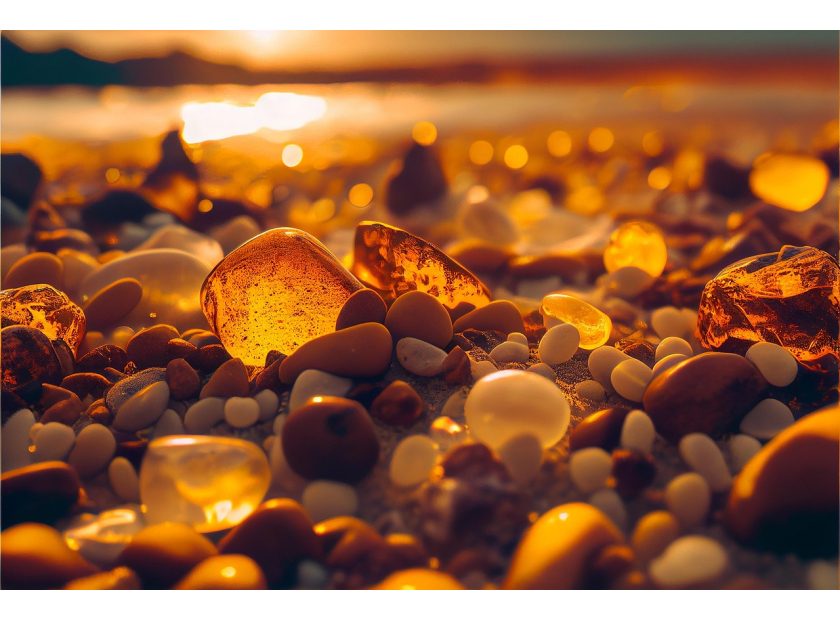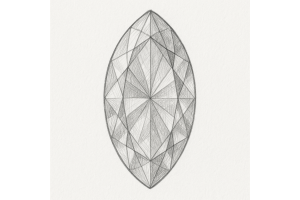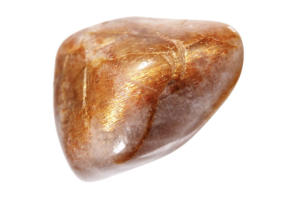GBP
/
GBP
/
Shipping to:
Currency:
Amber vs Copal: What’s the Difference Between These Natural Resins?
Amber and copal are both resins derived from trees, often admired for their beauty and aromatic qualities. While they share similarities, they are distinct substances with unique characteristics. Understanding these differences is essential for collectors, jewellers, and enthusiasts alike.
Understanding Amber
Amber is fossilised tree resin that has undergone a natural polymerisation process over millions of years. This extensive ageing results in a hard, durable substance often used in jewellery and ornamentation. The most renowned source of amber is the Baltic region, where significant deposits have been found.
Formation and Age
Amber originates from the resin of ancient trees that existed millions of years ago. Over time, this resin hardened and fossilised, transforming into the amber we find today. The age of amber contributes significantly to its hardness and durability.
Physical Characteristics
Amber typically exhibits warm hues, ranging from golden yellows to deep oranges and browns. It has a hardness of 2–3 on the Mohs scale, making it relatively soft compared to other gemstones but sufficiently durable for various applications. When subjected to heat, amber emits a characteristic pine-like aroma.
Common Uses
Beyond its use in jewellery, amber has historical significance in various cultures. It has been utilised in traditional medicine, carved into amulets, and even used as incense in some traditions. Amber is sometimes considered in unique jewellery settings, so if you’re drawn to more unconventional choices, you might want to check out non-traditional engagement rings.
Understanding Copal
Copal is also a tree resin but is considerably younger than amber. It hasn't undergone the extensive fossilisation process that amber has, resulting in different physical and chemical properties. Copal is often harvested from living trees in regions like East Africa and Central and South America.
Formation and Age
Unlike amber, copal is relatively recent, often only thousands of years old. It is considered a sub-fossilised resin, representing an intermediate stage between fresh resin and fully fossilised amber.
Physical Characteristics
Copal is generally lighter in colour, often appearing as a clear, pale yellow substance. It has a lower hardness, around 1.5 on the Mohs scale, making it more susceptible to scratches and damage. When heated, copal emits a sweet, fragrant aroma, making it popular as incense in various cultural rituals.
Common Uses
Copal is widely used in spiritual and religious ceremonies, particularly in Mesoamerican cultures, where it is burned as incense to purify spaces and invite positive energies. Additionally, it has applications in varnishes and lacquers due to its adhesive properties. Those who appreciate the metaphysical appeal of natural materials might also enjoy exploring gemstone rings as unique keepsakes or gifts.
Distinguishing Between Amber and Copal
Given their similarities, it's essential to differentiate between amber and copal, especially for collectors and buyers.
Age and Formation Process
The primary distinction lies in their age. Amber is millions of years old, resulting from a prolonged fossilisation process, whereas copal is much younger, often only thousands of years old. If you're curious about how other gemstones form in comparison, you might like this guide on how and where gemstones and diamonds are formed.
Hardness and Durability
Amber’s extended fossilisation grants it greater hardness and durability compared to copal. This makes amber more suitable for jewellery that withstands daily wear, while copal’s softness makes it more prone to scratches and less durable over time.
Solubility
A practical test involves applying a solvent like alcohol or acetone. Amber remains unaffected, whereas copal becomes tacky or sticky upon contact.
UV Light Test
Under ultraviolet light, amber typically fluoresces a pale blue or green colour, while copal shows little to no fluorescence.
Why the Confusion?
The confusion between amber and copal often arises due to their visual similarities and overlapping uses. Additionally, some sellers may mislabel copal as “young amber” to enhance its appeal. Understanding the distinctions ensures informed purchasing decisions and appreciation of each resin’s unique qualities.
Frequently Asked Questions
Is copal considered real amber?
No, copal is not considered real amber. While both are tree resins, amber has undergone millions of years of fossilisation, whereas copal is much younger and has not fully fossilised.
Can copal be used in jewellery like amber?
Copal can be used in jewellery, but due to its softer nature and lower durability, it may not withstand wear and tear as well as amber. It's more prone to scratches and damage.
Why is copal often used as incense?
Copal emits a pleasant, sweet fragrance when burned, making it popular in spiritual and religious ceremonies, particularly in Mesoamerican cultures.
How can I test if I have amber or copal?
Simple tests include the solvent test (amber remains unaffected by alcohol or acetone, while copal becomes sticky) and the UV light test (amber fluoresces under UV light, whereas copal does not).
Is amber more valuable than copal?
Generally, yes. Amber’s age, durability, and historical significance often make it more valuable than copal. However, the value can also depend on factors like clarity, colour, and the presence of inclusions.
Want to explore jewellery made with other striking natural stones? Take a look at our curated collection of gemstone engagement rings or browse elegant diamond wedding rings for timeless design inspiration.








